This is #5 in a series of 8 posts. Visit post #4 here.
Rooted in the fundamentals of neuroscience and buoyed by the power of storytelling, SYNAPSE was designed to support students as they step up to new academic challenges. And, yes, remote learning certainly counts as a new academic challenge. Offering practical tips for students working outside their comfort zones, SYNAPSE is easy to learn and fun to implement. Most importantly, SYNAPSE frees students from negative thought cycles that can undermine their progress, especially when the task at hand seems “just too big.”
Associate, the A in SYNAPSE can help switch-up your learning strategies. Online learning doesn’t have to be a static experience. Associations boost creativity and shift your focus from learning facts to unpacking dynamic relationships, offering rich context for what you’re learning. Reconsider your current topic of study and its place in the world as you learn to “Associate.”
ASSOCIATE — CONNECT NEW IDEAS TO WHAT YOU ALREADY KNOW
Where does your current topic of study fit into the big picture? New ideas need a home in your brain. Relating less familiar information to what you already know helps you comprehend the relevance of what you’re learning and tags it for increased memorability. A focus on associations expands and re-organizes the folders of searchable knowledge in your memory, making them easier to retain and access in the future. Learn to “Associate” by practicing the following steps, based on what we know about memory consolidation, concept mapping, assimilation, and accommodation.
- Imagine your current topic of study as a system. Draw a simple network, using shapes to represent individual concepts. Connect concepts using thick lines to show strong connections and thin or dotted lines to show weak or proposed connections. Along each line, write a brief description of the functional relationship that connects the two ideas.
- Connect your topic to concepts that are familiar to you. Expand your network, adding new nodes and functional connections that link your current topic to ideas you’ve learned before. Challenge yourself to connect your current study to units covered earlier this term, ideas from other classes, or personal life experiences. If you’re not sure about connections, draw them using dotted lines and discuss them with your teacher.
- Share your concept maps with study partners, teaching them what you know. Assess your understanding by describing your maps to others, answering their questions as best you can without referencing course materials. Explain why you’ve drawn your map the way you did, highlighting certain connections over others. Learn from your peers as they describe their own maps, design strategies, and emerging strands of thought.
- Explore alternative designs, incorporating graphics to visually narrate important relationships within your network. Minimize text, using simple sketches or motifs to convey meaning as much as possible. Functional relationships are dynamic and better appreciated through art. Use of motifs to depict similar actions taking place across one’s map helps students appreciate less obvious connections and nuanced themes.
- Relate new ideas to the gist of your topic or question, as you expand and update your network. Spend no more than 15 minutes studying at the edge of your understanding before pausing to relate new material to the main idea or gist of your study. Pausing frequently to settle new ideas into a “home” within your brain will help you learn more efficiently.





